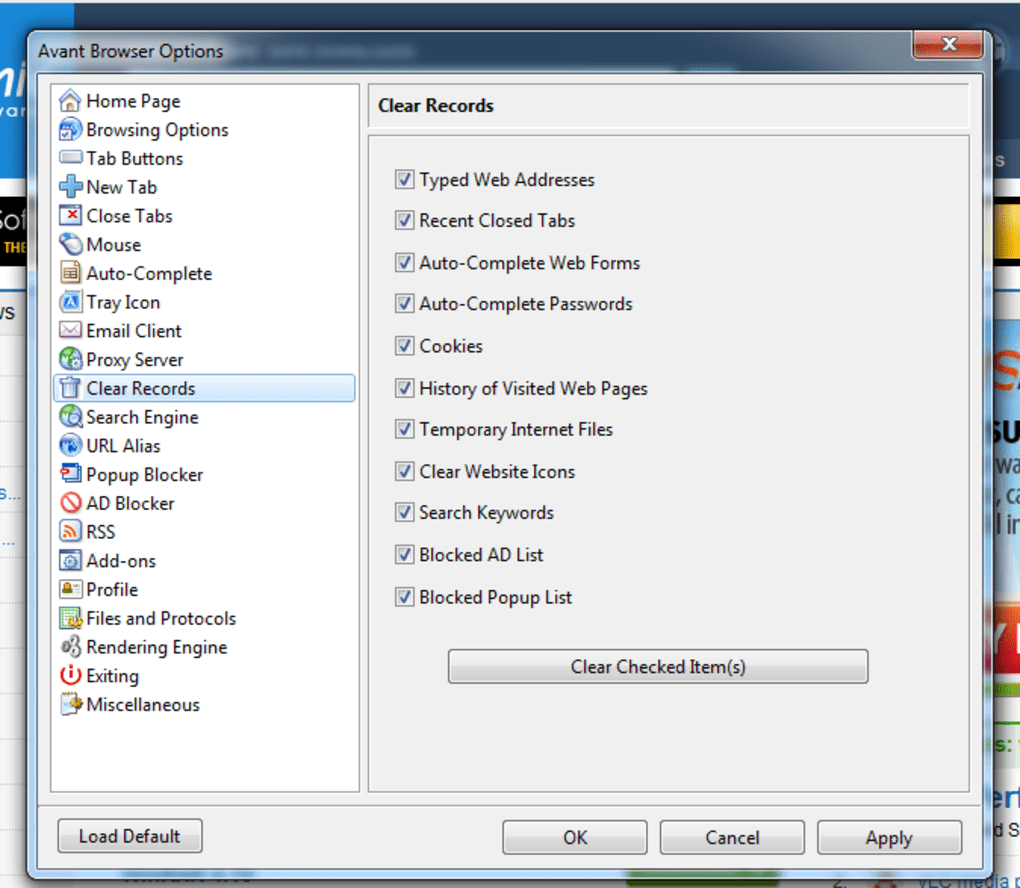


To find and use unallocated space on an existing drive, you can open System > Storage > Disks & volumes, look through the page to see whether any storage space is listed as "Unallocated". The maximum size will be the amount of free space you allocated in the previous step, the minimum size for a Dev Drive is 50GB.Ĭongratulations! You've now resized your Dev Drive. To format a Dev Drive on the new free space, specify the Label (drive name), Drive Letter, and Size allocation. You will need to have at least 50GB of unallocated space available, the minimum size needed for a Dev Drive. Resize an existing volume or use unallocated space on an existing diskĬhoose a new size for the volume. The Dev Drive designation happens only at the original format time. Once you complete the process of selecting between these options, your Dev Drive will be created.Įxisting storage volumes cannot be converted to be a Dev Drive.

Virtual hard disk size: Assign the amount of disk space that will be allocated for the volume to use, minimum size is 50GB.We recommend using a per-user directory path location to store your Dev Drive to avoid any unintentional sharing. The default location is C:\, unless creating a Dev Drive using Dev Home, in which case the default location is %userprofile%\DevDrives. Location: Assign a directory path where the Dev Drive VHD will be located on your machine.Virtual hard disk name: Give a name to your VHD (Dev Drive).When choosing the Create new VHD option to set up a Dev Drive, you will then need to determine the following: * This option will only display if you have previously set up unallocated space in your storage. Unallocated space on disk - Use the unallocated space on an existing disk.Resize an existing volume - Create new unallocated space to build on.Create new VHD - Build volume on a new virtual hard disk.Dev Drive is intended only for key developer scenarios and any custom settings will still be covered by Group Policy settings in Business or Enterprise work environments.


 0 kommentar(er)
0 kommentar(er)
